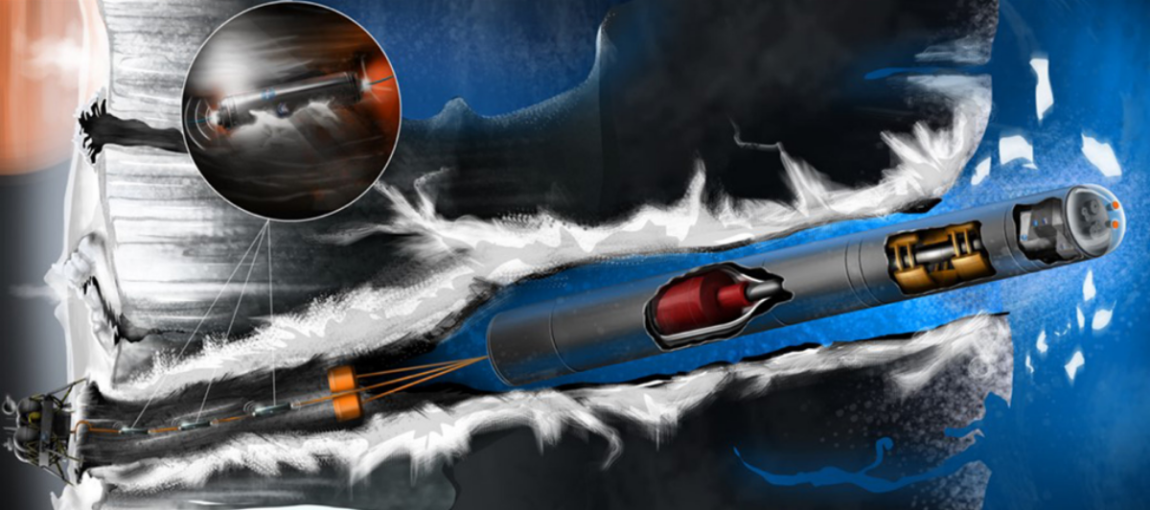
Pax Europa
One of the most promising spots to find life in the solar system beyond Earth is Europa, Jupiter’s fourth-smallest moon. But even though scientists suspect the moon’s liquid ocean might harbor living organisms, it’s protected by a solid layer of ice that could be as much as 30 kilometers (18 miles) deep.
Now, researchers at with NASA’s Glenn Research COMPASS team have devised an idea for a probe that could access that ocean: a nuclear-powered tunneling bot that could burrow through the moon’s icy shell to probe its composition and, potentially, access the watery darkness under it.
Ice Limit
The researchers dreamed up two versions of the “tunnelbot,” one of which would use a small nuclear reactor and the other of which would use a “radioactive heat source module.” In both cases, the tunnelbot would use excess heat from its reactors to melt the ice as it traveled down.
As it went, the tunnelbot would analyze the ice and search it for signs of current or extinct life, reporting back to Earth with a fiber optic cable connected to communication equipment at Europa’s surface. It would even be equipped to explore lakes buried in the ice before it reached Europa’s oceanic depths.
Tunnel Vision
The NASA-sponsored research is just a concept study. Deploying it would require years of work and extensive precautions against damaging any potential ecosystem on Jupiter’s moon — not to mention figuring out a way to transport the heavy bot to Europa.
“We didn’t worry about how our tunnelbot would make it to Europa or get deployed into the ice,” said Andrew Dombard, a professor of earth and environmental sciences at the University of Illinois at Chicago who worked on the concept. “We just assumed it could get there and we focused on how it would work during descent to the ocean.”
READ MORE: A nuclear-powered ‘tunnelbot’ to search for life on Jupiter’s icy moon Europa [Phys.org]